Enciso Ichnites
Hundreds of preserved dinosaur footprints can be found along a hiking trail in this small village.
About 120 million years ago, the village of Enciso in northern Spain was a swampy area with a mild climate and dense vegetation. Dinosaurs lived and developed in this habitat, and today some of their footprints are immortalized in stone, spread in different deposits.
Enciso is located in one of the areas with the most dinosaur footprints found and documented worldwide. The region is home to more than 130 sites with more than 11,000 ichnites, or fossilized footprints, have been identified. In Enciso, there are traces of sauropods, iguanodons, and others.
There are seven main sites to see the stone steps. An outcrop known as La Virgen del Campo holds more than 500 footprints, along with marks of their skin, signs of tail dragging and scratching. The marks are evidence of a large floating animal whose claws hit the sediment. This detail allow us to deduce that the dinosaur was swimming against the current. Several marks seem to show a fight between two dinosaurs—an event which has been brought to life in the form of a massive sculpture. Another highlight is the marks in the ground resulting from a powerful earthquake.
In the Valdecillo deposit, the fossil records correspond to carnivorous dinosaurs that measured between seven and 10 meters (23 to 29.5 feet) long, with feet that ended in powerful claws. In the middle part of the outcrop, a family of iguanodons formed by two adults and a juvenile left their prints. Finally, at the top of the path, a sauropod dinosaur that walked on all fours left 59 tracks. The set has been depicted with five life-size reproductions of a carnivore Tarbosaurus, a family herbivorous group (two adults and one baby), and a Brachiosaurus 23 meters (75.4 feet) long.
Finally in the Villar-Poyales deposit, there are 20 footprints that correspond to a species of herbivorous bipedal dinosaur discovered in Enciso. It named Theroplantigrada escisensis, in honor of the town. The species seems to have used the entire sole of the foot while walking, unlike dinosaurs that mostly used their toes. It also had an interdigital membrane, which indicates a special adaptation to aquatic areas.
Know Before You Go
Enciso is a little village located almost 300 kilometers (186 miles) from Madrid. There are several trails and routes to visit the deposits. One of the most popular begins in the Paleontological Center where we can visit a museum. The trail runs alongside three of the most important deposits in La Rioja: “La Virgen del Campo,” “La Senoba,” and “Valdecevillo.” In addition of the deposits there are recreational areas that feature life-size dinosaur sculptures and information panels. Visiting the deposits is free of charge.

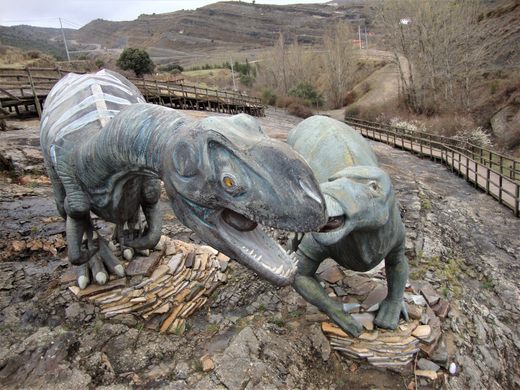

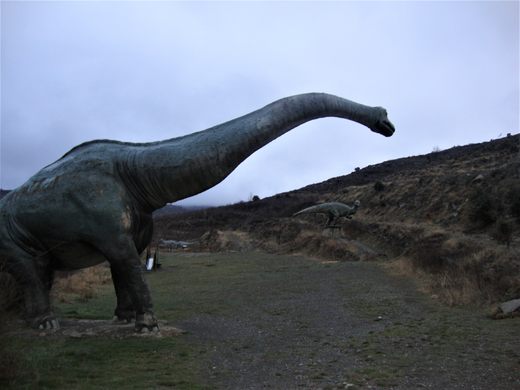
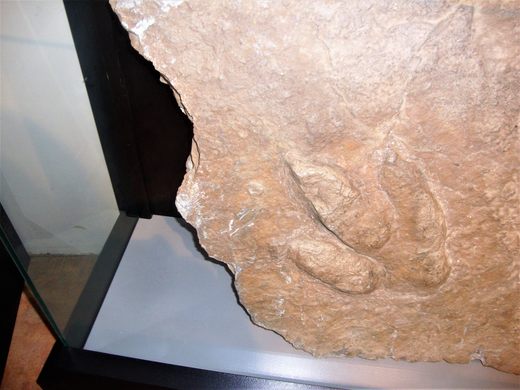
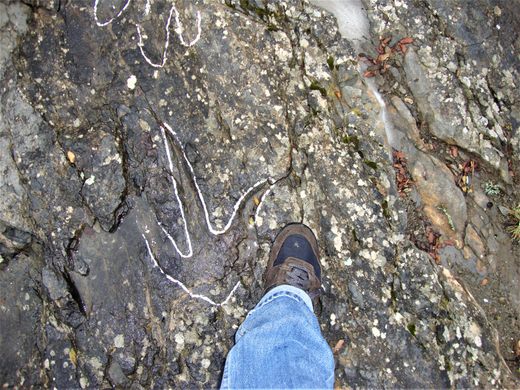

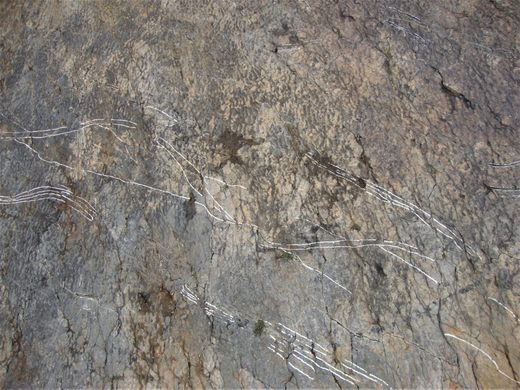

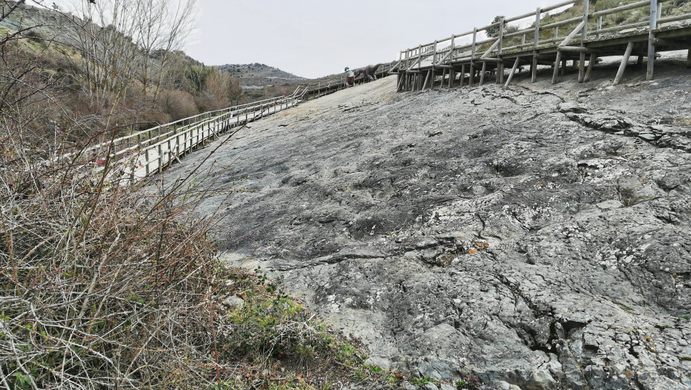





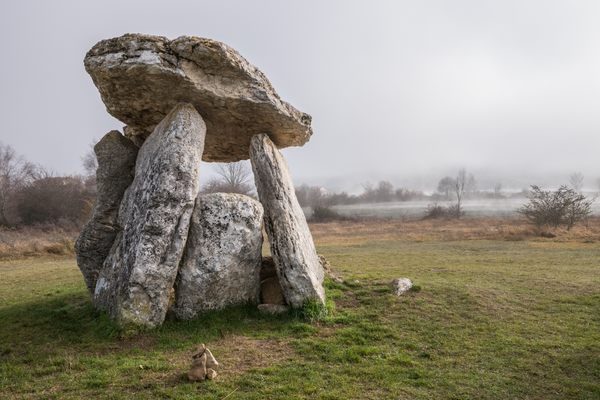






Follow us on Twitter to get the latest on the world's hidden wonders.
Like us on Facebook to get the latest on the world's hidden wonders.
Follow us on Twitter Like us on Facebook